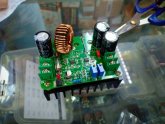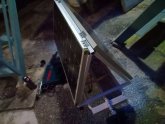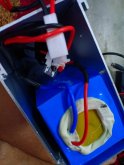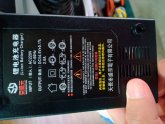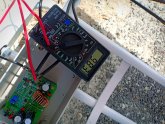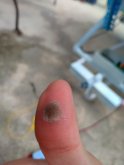azree
New Member
- Joined
- Dec 6, 2019
- Messages
- 14
Hi, I was wondering if i put my setup this way
2 x 100w mono panel in parallel
Connected to DC-DC Boost converter to output 24v DC (with constant voltage output)
Then directly supplying my 24v 500w DC-AC inverter without battery to run my electric bike charger adaptor which is 240v
This system is to charge my 48v 11Ah lithium battery. The charger adaptor is rated 240v AC input and output 55V 4A DC
Is it possible?
Thanks in advance
2 x 100w mono panel in parallel
Connected to DC-DC Boost converter to output 24v DC (with constant voltage output)
Then directly supplying my 24v 500w DC-AC inverter without battery to run my electric bike charger adaptor which is 240v
This system is to charge my 48v 11Ah lithium battery. The charger adaptor is rated 240v AC input and output 55V 4A DC
Is it possible?
Thanks in advance



